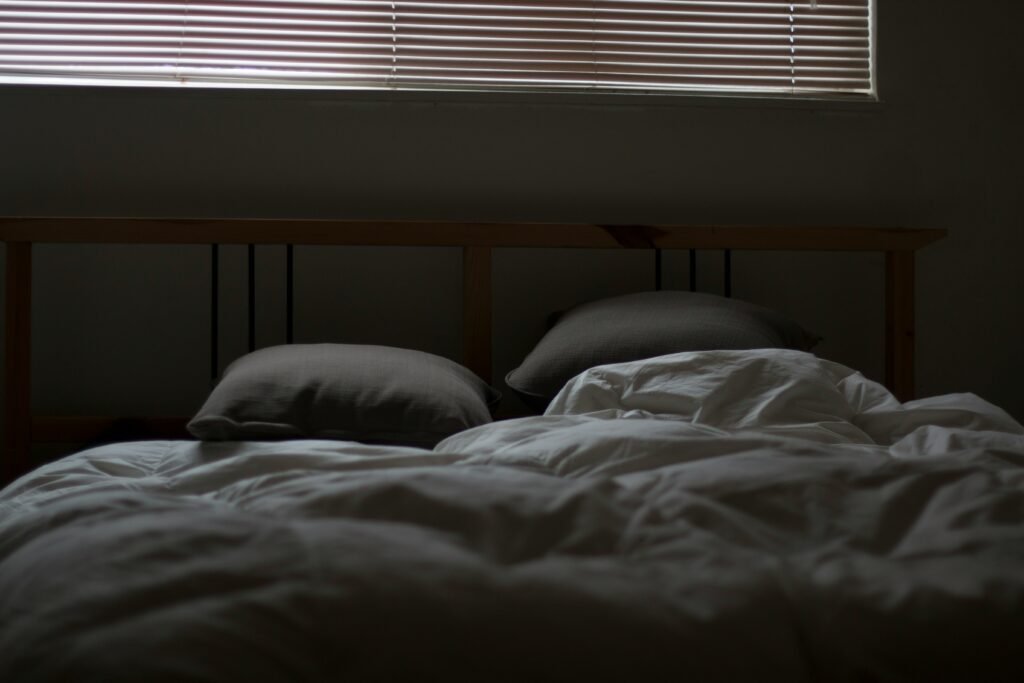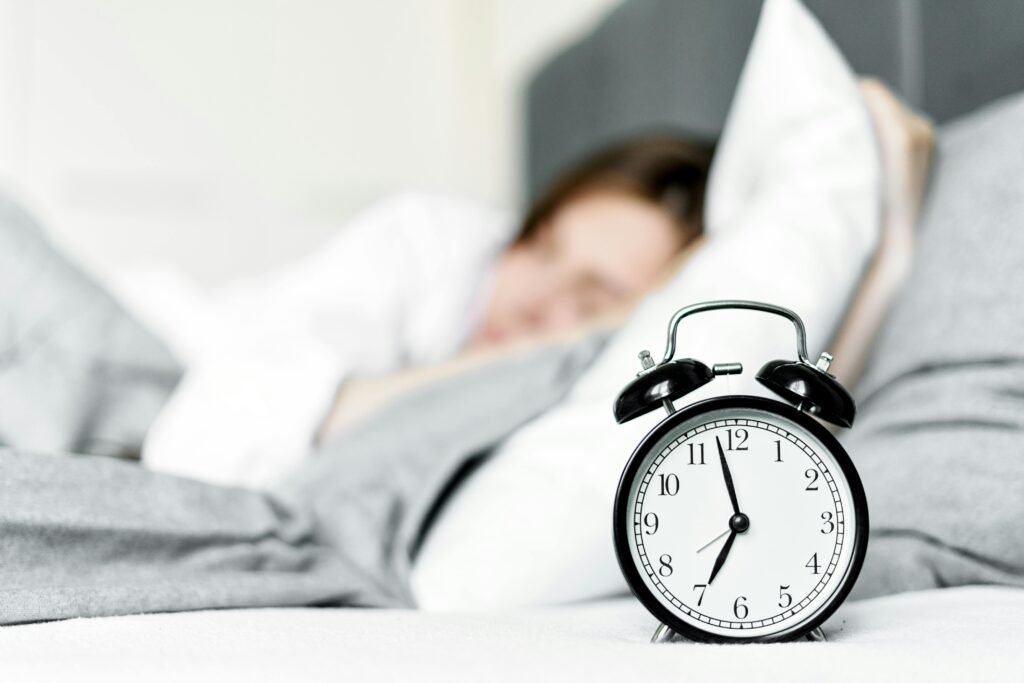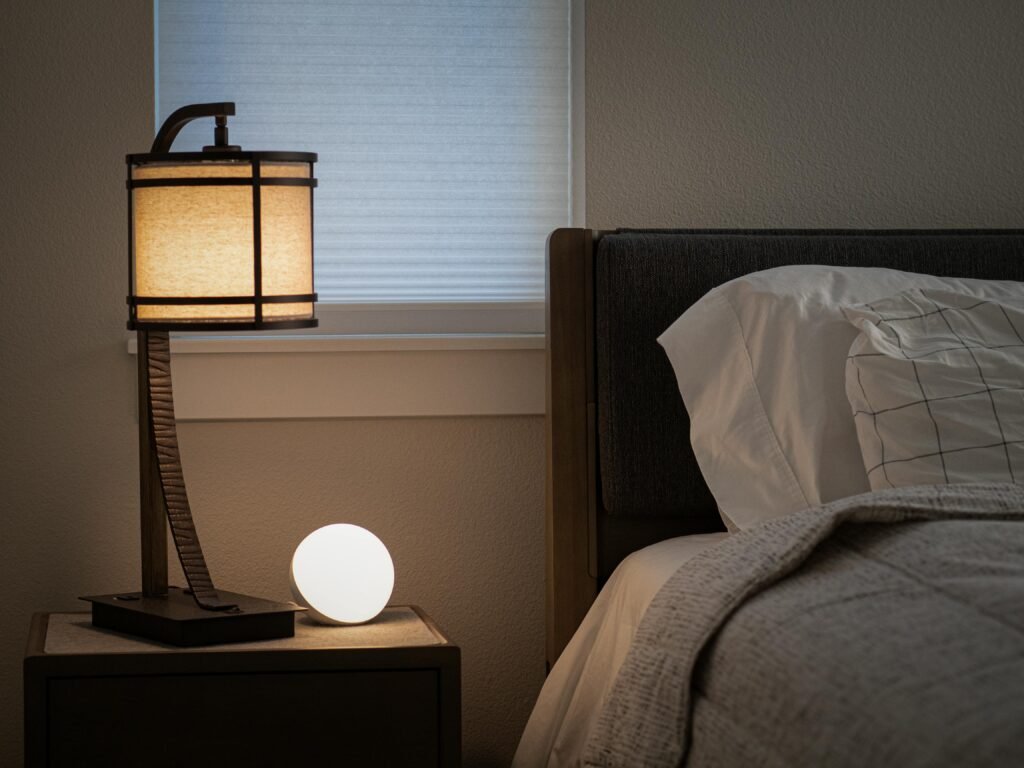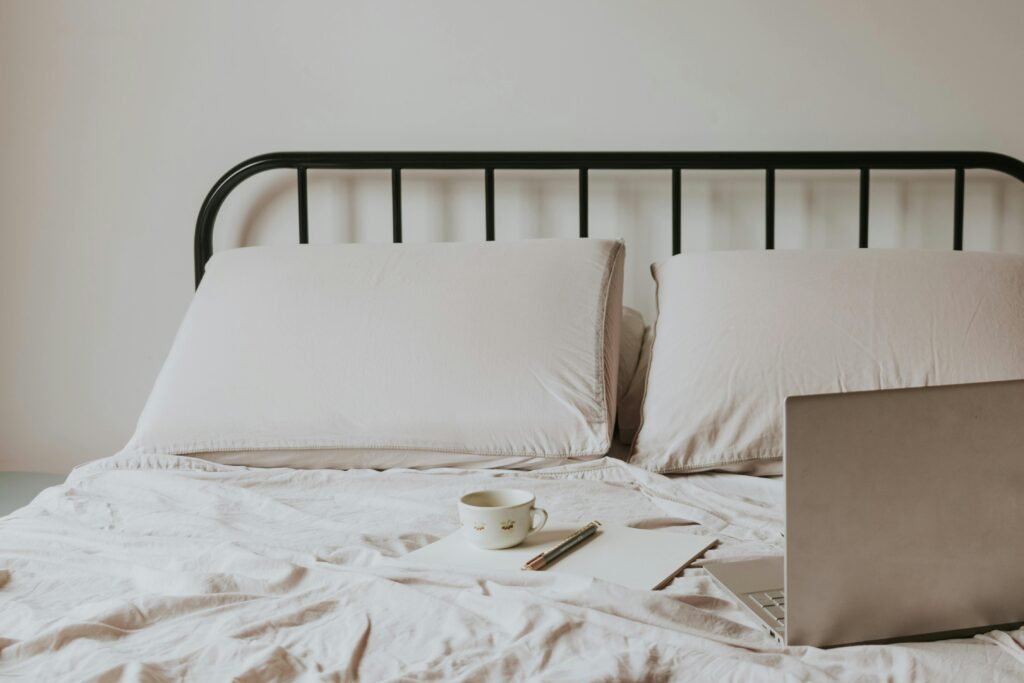
Introduction
Working the night shift can feel like living in a parallel universe. When the world sleeps, you’re clocking in—and by the time you’re free to rest, the sun’s blazing, the neighbor’s mowing the lawn, and your body’s begging for normalcy. Sound familiar?
If you’re constantly fighting grogginess, insomnia, or that awful zombie-mode after your shifts, this guide is your game-changer. Here’s exactly how to fix your night shift sleep problems, step by step with proven strategies and real-world solutions.
Why Night Shifts Disrupt Sleep
Night shifts throw your circadian rhythm—your body’s internal clock—completely out of sync. This clock regulates your natural sleep-wake cycle based on light and darkness. When you’re awake at night and trying to sleep during daylight, your body gets confused. This can lead to insomnia, fatigue, and in the long term, higher risks for chronic health issues like cardiovascular disease and depression.
1. Lock in a Consistent Sleep-Wake Routine

Consistency is key when retraining your body’s clock. Start by choosing a fixed window of time to sleep—ideally six to eight hours—and commit to it every day, including weekends. For instance, you might go to bed at 10:00 AM and wake up at 6:00 PM on workdays. On days off, try to keep an anchor sleep period by sleeping at least four of those hours during the same timeframe to prevent a complete circadian reset.
2. Build a Sleep-Friendly Environment

Your bedroom should feel like midnight, even if the sun’s blazing outside. Install blackout curtains to completely block out sunlight—Pair that with a white noise machine or app to drown out daytime noise from traffic, neighbours, or kids playing outside.
Keep your room cool and power down electronics at least an hour before sleeping. The blue light from your phone or TV delays the release of melatonin, making it harder for you to fall asleep. If you need to use screens, consider wearing blue light-blocking glasses or using apps. If blackout curtains aren’t an option, thick blankets or even aluminum foil on windows can do the trick in a pinch.
3. Taper Off Caffeine Early

Caffeine is a staple on the night shift, but it can sabotage your sleep if consumed too late. Since caffeine stays in your system for hours, try cutting it off at least four to six hours before your shift ends.
During the second half of your shift, switch to calming herbal teas like chamomile or valerian root. Decaf alternatives or magnesium-rich drinks also help promote calmness and set the stage for better sleep.
4. Try Melatonin Wisely

Melatonin supplements can be a powerful tool when used correctly. Your body produces melatonin naturally when it’s dark, but during daylight hours, production drops. Taking a low dose of melatonin—anywhere from 0.5 to 3 mg—about 30 to 60 minutes before your desired sleep time can help cue your body to wind down.
It’s not meant for long-term use, though. Think of melatonin as a reset button rather than a nightly routine.
5. Use the Anchor Sleep Technique on Days Off

It’s tempting to switch back to a day schedule on your days off, but doing so can wreak havoc on your internal clock. Instead, try the anchor sleep technique. Even if you want to be more active during the day, maintain a four-hour core sleep period during your regular post-shift window.
After that, you can nap later in the day or evening as needed. This strategy reduces the jarring effect of changing sleep patterns and helps your circadian rhythm stay somewhat intact.
6. Start Light Therapy in the Right Way

Your body responds to light more than anything else when determining wakefulness. Use a 10,000-lux light therapy lamp at the start of your night shift to keep your brain alert and delay melatonin production. Just 20 to 30 minutes of exposure can make a massive difference.
On your commute home, wear blue light-blocking glasses or sunglasses to reduce light exposure and help prepare your body for sleep.
7. Can’t Sleep Right After Work? Try the Wind-Down Method

Some people can knock out the moment they hit the pillow after work. Others need time to transition. If you’re the latter, create a 30-minute wind-down routine. Start with a warm shower, which naturally lowers your body temperature and signals your brain it’s time for sleep. Eat a light, sleep-friendly snack with complex carbs and a bit of protein—like oatmeal with almond butter.
Then, dim the lights and engage in something calming like reading, meditating, or journaling. Add essential oils like lavender or chamomile for an extra layer of relaxation. The key here is consistency—make this a ritual your body recognizes.
Conclusion
You don’t have to feel like a zombie forever. Fixing your sleep schedule as a night shift worker is completely doable—with some structure, the right environment, and consistency. Start with one or two of these strategies and stick with them for a week. Give your body a chance to adjust.
You’ll be surprised how quickly it adapts—and how much better you’ll feel. Remember: it’s not just about surviving the night shift. It’s about owning it.
Join the Discussion:
What’s worked for your night shift sleep struggles? Share your tips and hacks in the NightShiftersHub.com Forum.
